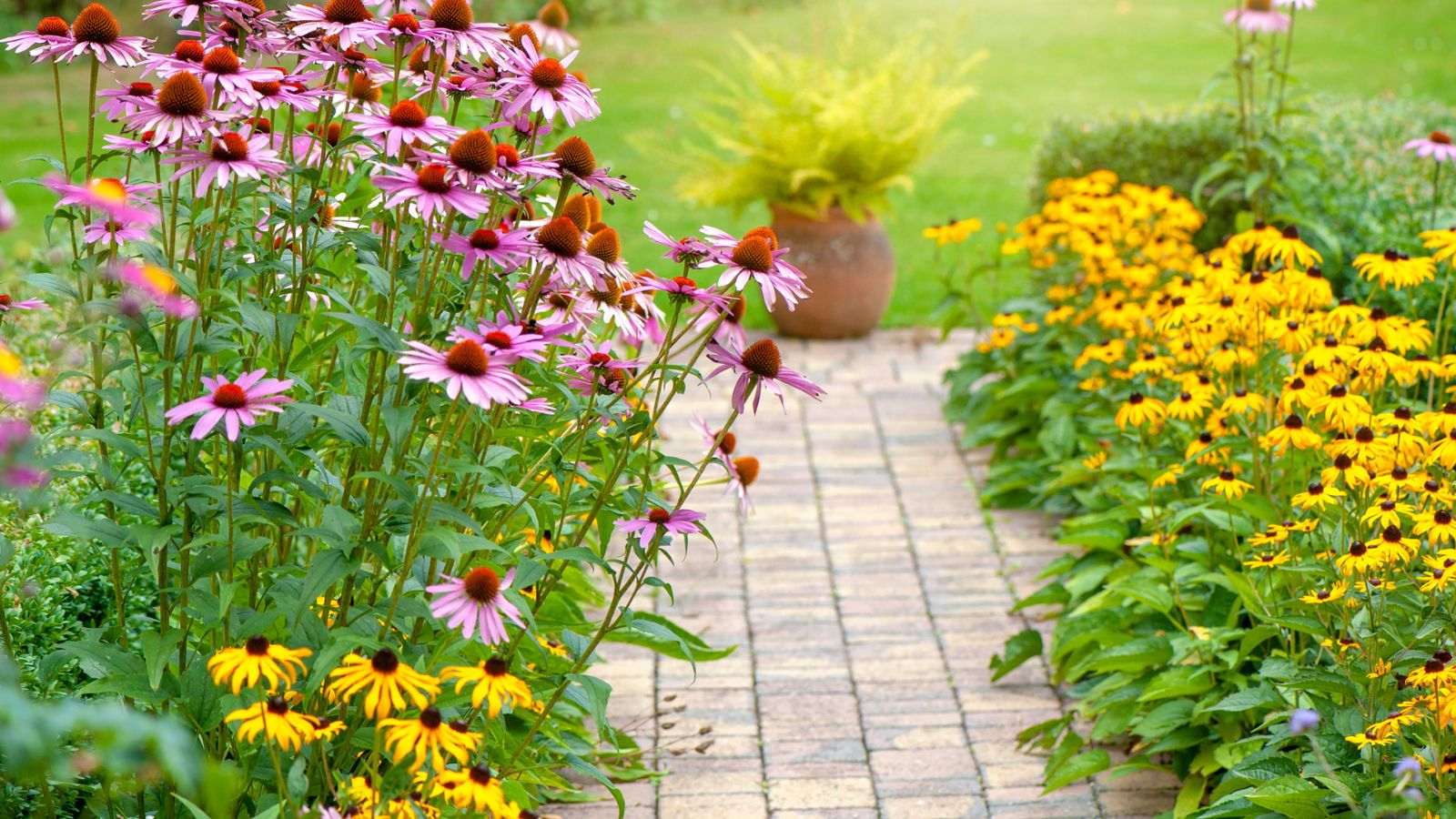
As spring and summer roll on, weeds seem to pop up overnight, thriving in the warm soil and mild evening temperatures. While I am a firm believer that some weeds should be tolerated, especially in wilder plots, it’s perfectly reasonable not to want nettles and docks growing alongside your peonies and roses.
As a gardener, I’ve spent hundreds, possibly thousands, of hours weeding. And while it can sometimes feel meditative, sore knees, a stiff back and the odd blister often tell a different story. Anything that can ease the weeding burden, then, even if only slightly, is always to be welcomed. Plants can help in the fight against weeds, and growing native perennials to stop weeds is a clever way to reduce your gardening chores.
So, whether you’re looking to fill in gaps in borders or simply cut down on weekend weeding maintenance, these dense clump-forming species can help. Here, one plant expert from Wisconsin recommends five native plants to stop weeds, which are both practical and beautiful.
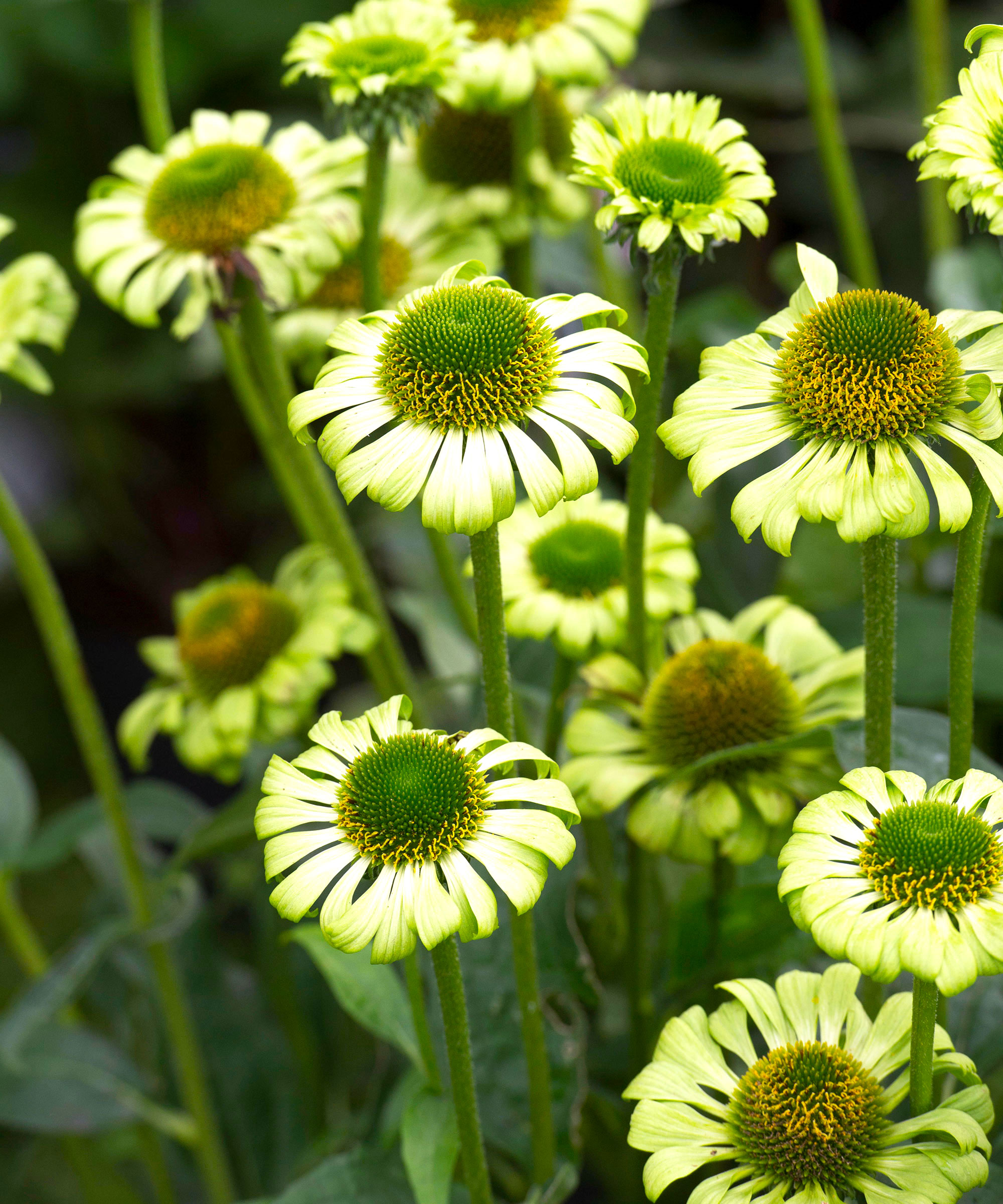
5 best native perennials to stop weeds
Wherever you live and whatever your climate or US hardiness zone, growing native plants that are tough and resilient is always a good idea.
And, when it comes to weed suppression, native species have an advantage in that they are well-suited to an ecosystem and will be quick to establish. In doing so, they outcompete problem plants and invasive weeds.
1. Rudbeckia
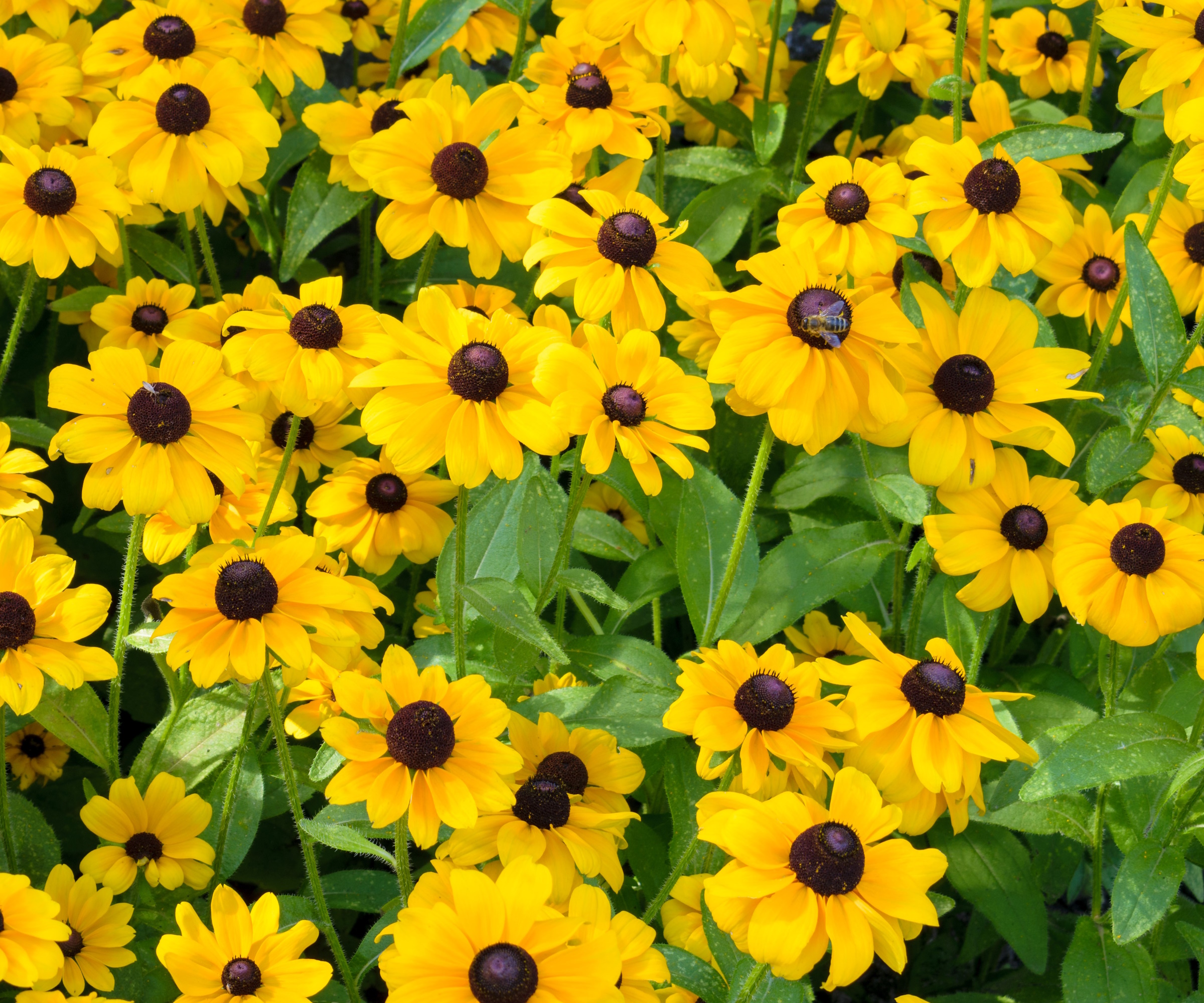
'Black-eyed Susans, or rudbeckias, are common perennials used in gardens across North America,' says plant expert Katie Sunderlage, who is based in Wisconsin.
'In terms of how to grow rudbeckia, they thrive in a range of locations down to US hardiness zone 4,' Katie adds. 'For the best results, provide at least six hours of full sun per day for successful blooming, with an evenly moist but well-drained soil.
'Native to eastern and central locations in North America, rudbeckias will form a dense clump as they mature, and so are great plants to stop weeds.
'Early fall or spring is the best time to plant rudbeckia to allow the roots to settle into their new environment before the heat of summer or cold of winter.'
Katie also suggests leaving seed heads intact during the winter season, as a source of sustenance for native birds.
There are many different varieties available, including the bright and long-flowering 'Indian Summer' rudbeckia, available from Burpee.
2. Coneflower
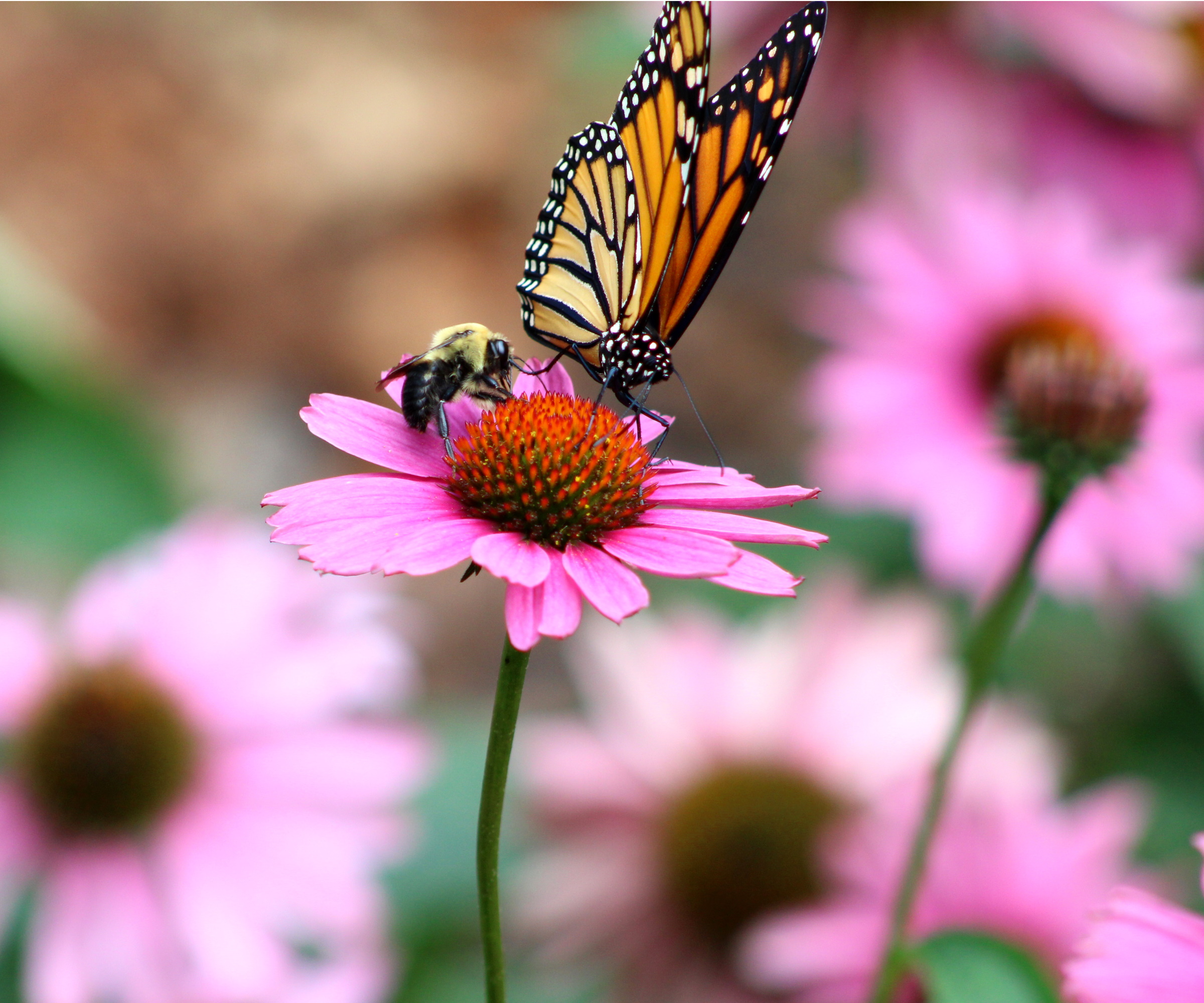
'Coneflowers, or echinaceas, are another native ground cover plant to stop weeds,' Katie says. 'Due to their dense, tight growing habit, as well as their ability to naturalize easily, weeds will find opportunities limited wherever they coneflowers are growing.'
In terms of how to grow coneflowers, they are hardy down to zone 3, with a preference for full to part sun in dry, well-drained soil. Deep watering once or twice a week is a good idea until your plants are established.
'Once settled into your yard, you will find coneflowers remarkably low-maintenance,' Katie says. 'They are entirely drought and heat-tolerant, and can be grown in both southern and northern regions.
'Coneflowers come in a wide variety of colors, making them a perfect option for any garden theme or color scheme. From white to orange, yellow to pink, you are sure to find a variety to suit your needs.'
For an unusual variety, try the 'Sombrero Adobe Orange' coneflowers, live plants available to order online from Burpee. With zingy orange flowers, your summer garden will never look so colorful.
3. Verbena
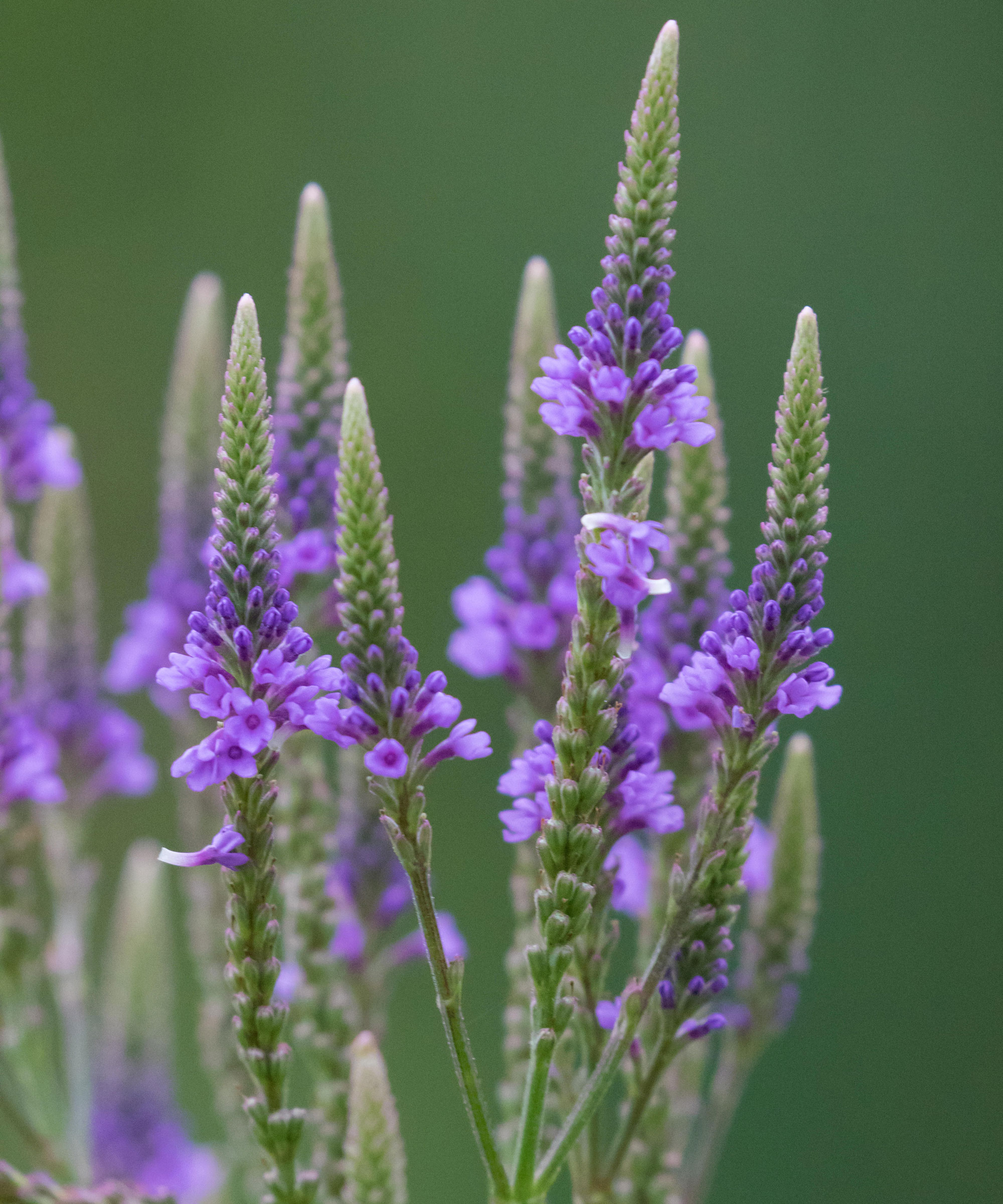
'Another good option for ground cover plants to stop weeds is native verbenas,' Katie says. 'Blue vervain, seen above, is a good option, but one of my favorites is Verbena canadensis, a low-growing perennial that is native to Eastern and Central North America.
'Hardy down to zone 5, this native will grow no taller than one foot, and produces purple blooms from early summer through to fall.
'For the best results, plant these fast-growing tiny flowers in full to part sun and evenly moist but well-drained soil,' Katie continues. 'Once established, Verbena canadensis does not require feeding and is also drought and heat-tolerant.'
Live Verbena canadensis starter plants are available via Amazon and will quickly grow to form dense, weed-suppressing floral canopies.
4. Blazing star
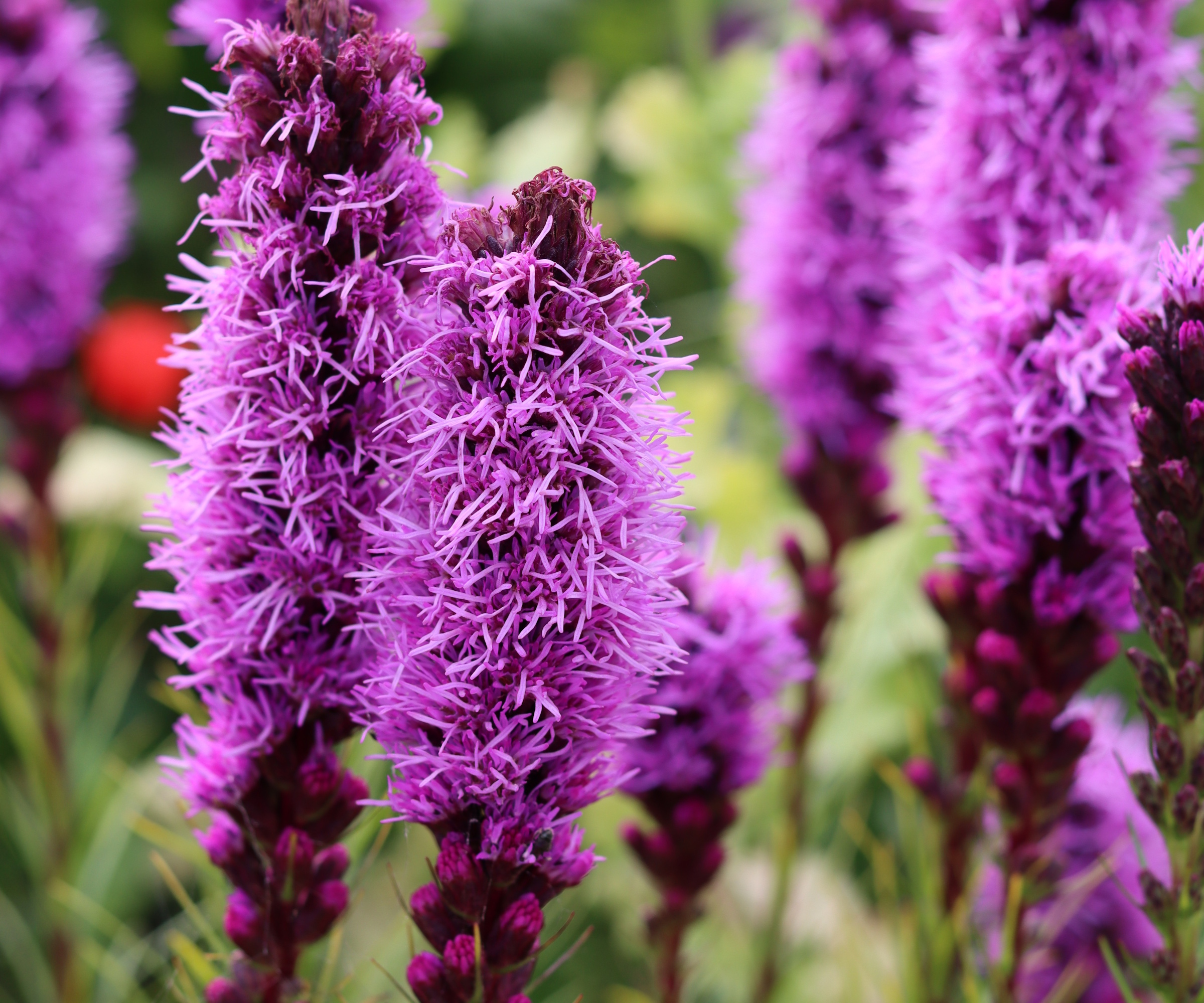
Another good option for native perennials to stop weeds is blazing star, or Liatris spicata, prized for its flower spikes that can reach up to six feet in height.
These tall perennial flowers are versatile and resilient, and can be grown as far north as zone 3 or as far south as zone 9. In the wild, they grow in open prairies and meadows, so providing as much sunshine as possible will encourage them to produce maximum blooms.
When considering how to prune blazing star, this can be done in either the fall or winter months. For interest in the garden during December and January, I would advise leaving the flower spikes to stand until late winter, cutting down to the base before spring returns.
Blazing star seeds can be ordered from Amazon.
5. Blue grama
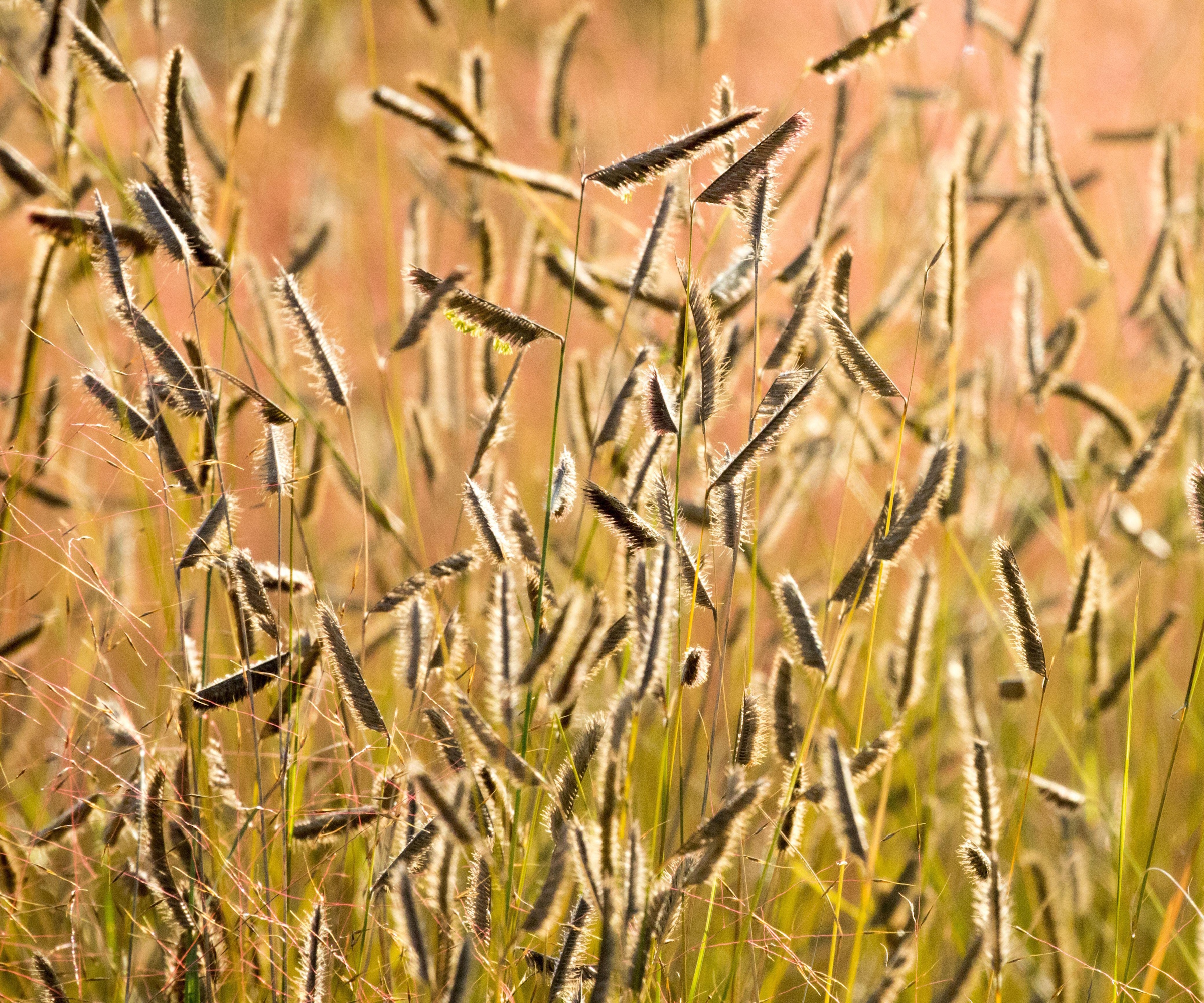
One of the best native grasses to keep weeds at bay has to be blue grama, or Bouteloua gracilis. Found growing across the Great Plains and most of the Midwest, this perennial grass delivers in every season.
Not only does it look good in spring and summer, but I think it is also one of the best ornamental grasses for winter interest, with the unusual seedheads looking impressive in the garden during the colder months of the year, as seen above.
This hardy species can be planted down to zone 3, thriving in sunny spots. Once established, it will need little water, even during the summer, forming dense clusters that will prove impregnable to opportunistic dandelions.
Blue grama grass seed can be ordered via Amazon.
FAQs
What are good native perennials for colder regions, including zone 3 and 4?
Try growing the native perennial creeping phlox, or Phlox stolonifera, found in woodlands and stream banks across much of the eastern United States. Hardy and resilient, it is easy to learn how to grow phlox, just provide a sunny spot with at least six hours of sunshine and moist, fertile soil. Even in zone 3, including the northern mid-west states and some of the northeastern US states, this low-growing perennial will thrive. Creeping phlox live plants are available from Amazon.
While not native, another option for keeping weeds at bay is lady's mantle, or Alchemilla mollis. 'In terms of learning how to grow lady's mantle, this densely growing, upright perennial can be grown from zones 3 to 8, and is highly adaptable and grows in various conditions,' Katie says, 'including poor, rocky and moist soils.' Our guide has all the information you need to succeed.
Shop essential weeding and flower growing kit
These long-sleeved gloves will keep your arms and hands protected when gardening in the yard.







